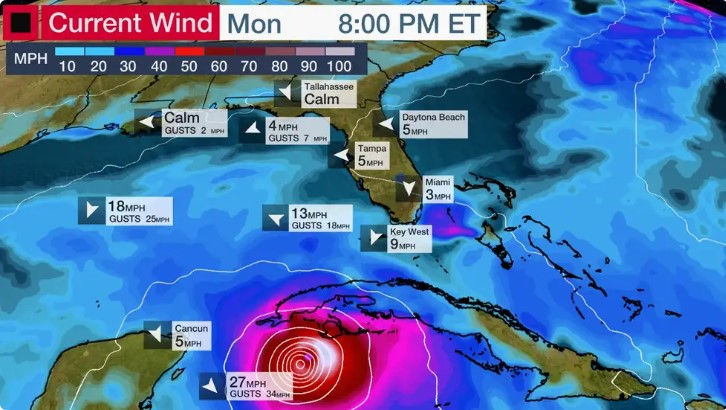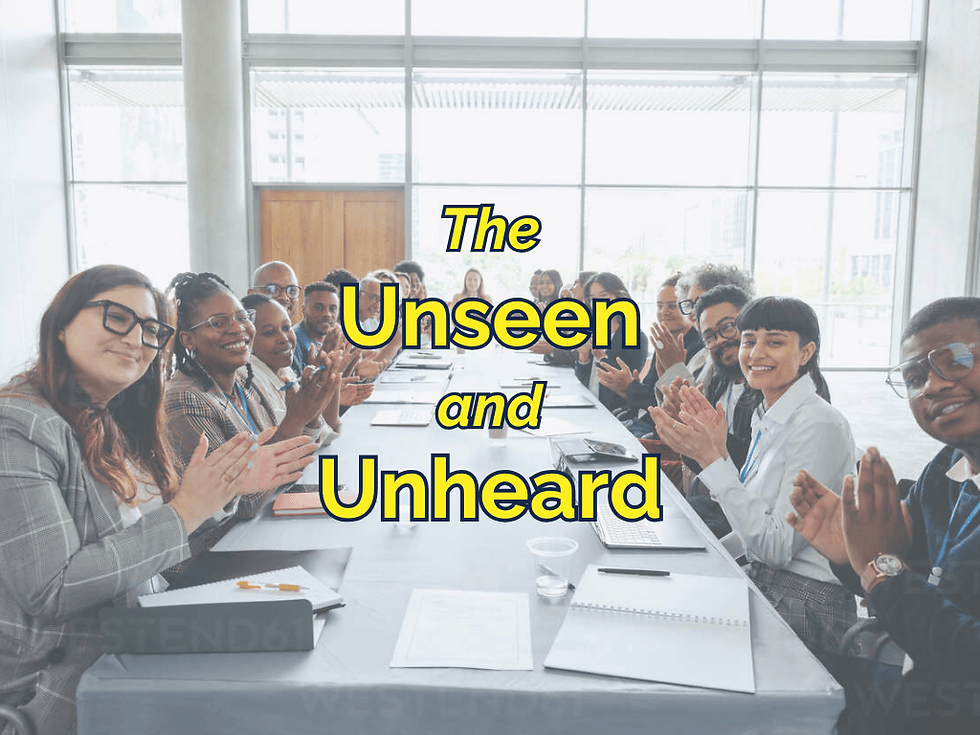Improve Your Communication of Rare Events Before They Happen
- JD Solomon

- Sep 27, 2022
- 2 min read
Updated: Jan 20, 2023

Low-likelihood, high-consequence (“rare”) events present special challenges for effective communication. Pre-event plans are often well understood and accepted but are quickly found to be not applicable or unacceptable as the rare event unfolds. The greatest challenge is that human thinking quickly evolves from a normal state to a survival state.
The nature of rare events makes them unexpectedly and disproportionately impactful. Rare events can usually be identified within the seven categories of crisis: economic, informational, physical (key plants and facilities), human resources, reputational, psychopathic acts, and natural disasters.
Rare events are usually marked by colloquial comments like “I have only experienced this once in my life” or “No one could have expected this to happen.” Our communication approach must be modified to meet the changed psychological state of our audience.
Perceptions of Risk
People tend to overweight unlikely events and overestimate the probability of their occurrence. This is especially true if the decision maker feels out of control and potentially directly or disproportionately impacted by the event.
The more vivid the description of a rare event is made to be, the more it is either feared or desired (like winning the lottery). This is one reason the availability bias is a factor when planning for potential rare events like tornados or terrorism if such events have recently occurred and were heavily publicized.
The availability bias is also the reason why fear is a popular line of messaging in political advertisements. The more negative expectations are established in the public's mind, the more a given rare event will be over-weighted, and the likelihood of the potential occurrence will be overestimated.
Communicating Before a Rare Event
Communicating before a rare event is different than communicating after the event. In the planning phases, communication is best viewed in the Perceptual-Interpretive Framework. Communication is most effective when the three classifications are all addressed in a balanced manner. In some cases, the communication can be slightly tailored to focus on the natural alignment of the specific audience.
For example, an interpretive-symbolic audience of engineers and scientists may prefer more quantitative reasoning supported by Monte Carlo analysis.
The interpretive-symbolic thinkers (such as attorneys and policymakers) will care little about the types of analysis and the specifics of the Monte Carlo analysis in the planning phase. A good narrative discussion is in order.
The perceptual thinkers (general public) will care little about the math or graphs of the engineers and scientists and probably less about the rhetoric of the lawyers and policymakers. The public wants to know how the rare event will impact them, their families, and their livelihood.
So goes communications in the planning phase of rare events.
Summary
Rare events present special challenges to effective communications.
A balanced approach leads to pre-event plans that are often well-understood and accepted.
However, our communication approach must be modified to meet the changed psychological state of our audience once the rare event happens. We will discuss that more in part two of this article.
Founded by JD Solomon, Communicating with FINESSE is a not-for-profit community of technical professionals dedicated to being highly effective communicators and facilitators. Learn more about our publications, webinars, and workshops. Join the community for free.




Comments